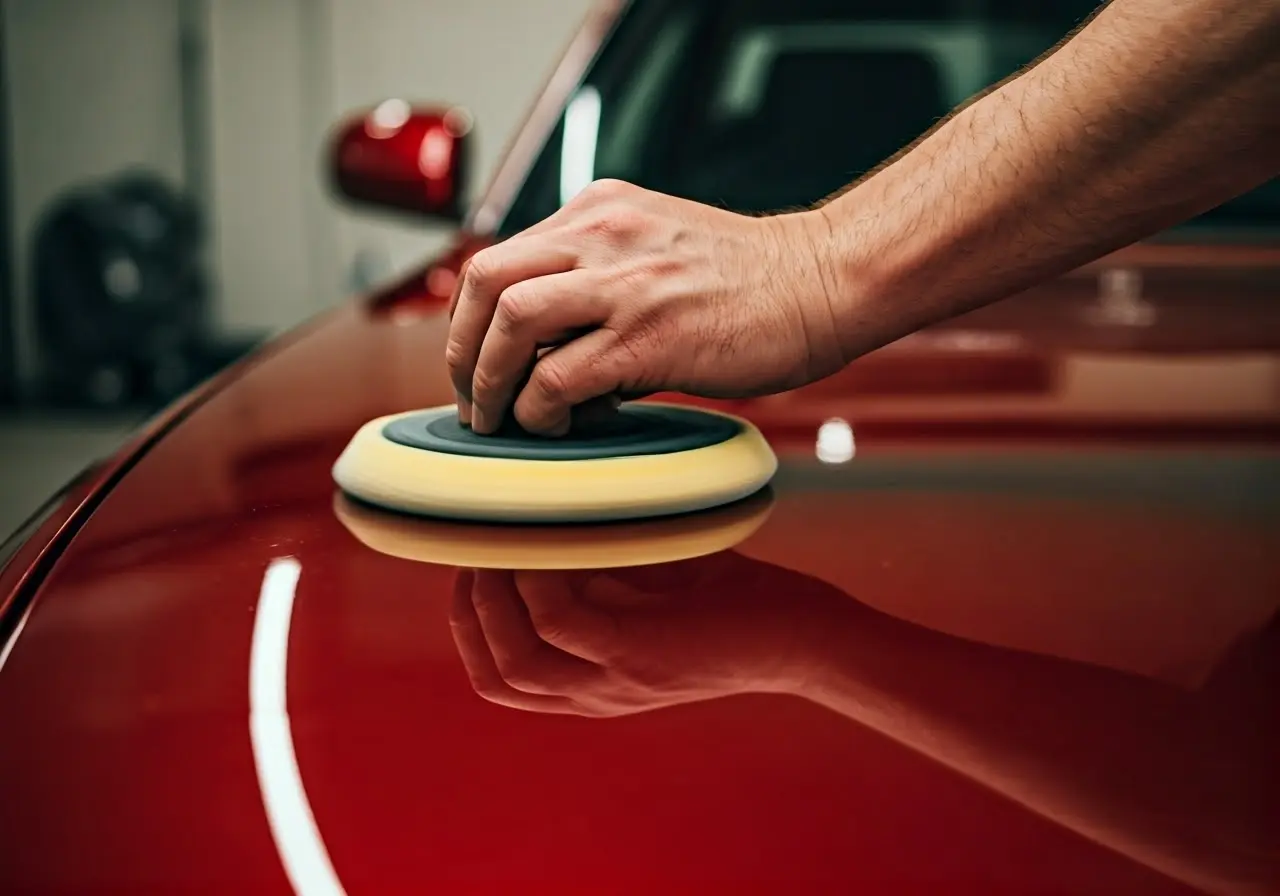

Understanding the Basics of Paint Correction for Your Vehicle
Paint correction can be a game-changer for your vehicle’s appearance, bringing back that showroom shine and boosting its overall value. For car owners who seek to maintain their vehicle’s aesthetic appeal, understanding paint correction is a must. In this blog, we’ll explore what paint correction is, why it matters, and how you can benefit from this process.
What is Paint Correction?
Paint correction is a meticulous process that involves removing imperfections from a vehicle’s paintwork, such as swirl marks, scratches, and oxidation. This detailed procedure helps restore the paint’s clarity and depth, often employing a combination of cutting compounds and polishing techniques. These treatments require an understanding of the science behind car detailing and paint correction. The aim is not only to improve the car’s appearance but also to protect its paint over time.
At the heart of paint correction is the use of abrasives which work by removing a very thin layer of the clear coat. This might sound daunting, but done correctly, it significantly enhances the top layer’s finish, giving it a vibrant appearance. According to JP Auto Collision, laser-precise movements paired with the right abrasiveness deliver the best results for any car.
Why Paint Correction is Important
Beyond the obvious visual appeal, paint correction plays a crucial role in enhancing your vehicle’s durability and boosting resale value. By addressing unsightly blemishes, you shield your paint from further damage, ensuring that your car continues to look its best. This protective measure is similar to applying a sunscreen on your car’s surface, as discussed in the importance of protecting modern car paint.
In the battle against environmental elements like UV rays, bird droppings, and acid rain, your car’s paint often takes the worst hit. Paint correction forms an initial line of defense, preserving your car’s original sheen and reducing the effects of these harsh factors. Over time, your vehicle retains its vibrant look, and when it’s time to trade in or sell, potential buyers will appreciate the effort you’ve put into maintaining its appearance.
Common Imperfections Addressed by Paint Correction
Common defects that can mar your vehicle’s paint include swirl marks from improper washing, water spots that leave unwelcome etchings, and oxidation caused by prolonged sun exposure. Each of these issues requires unique attention. Swirl marks, for instance, are circular scratches that scatter light, causing a dull look. Water spots, often stemming from mineral-laden rain, can chemically react with paint if left unaddressed. The process of paint correction aims to tackle these problems using refined techniques and quality products.
The science behind correcting these flaws involves using abrasives to gently remove affected layers. For each type of imperfection, from minor swirls to deep-seated oxidation, a specific grade of polishing compound is applied. This not only restores but also rejuvenates the surface, leaving a lustrous and blemish-free finish.
DIY vs. Professional Paint Correction
DIY paint correction can be rewarding if you’re equipped with the patience and the right tools, including dual-action polishers and appropriate compounds. You’ll find personal satisfaction in tackling the work yourself. However, keep in mind that there’s a learning curve involved. Mistakes, like over-polishing or using the wrong abrasives, could be harmful, causing more damage to the paint.
On the other hand, professionals offer precision, expertise, and peace of mind. Entrusting your vehicle to experts ensures its finish is expertly handled. They can sometimes get results that a novice may miss, guaranteeing a showroom-ready appearance. We recommend referencing our detailed essential guide to paint correction to make an informed choice about whether DIY or professional services are right for you.
Tips for Maintaining Your Vehicle’s Finish Post-Correction
Maintaining your vehicle’s glossy appearance post-paint correction requires a strategic approach to washing and protecting. Avoid automatic car washes as their brushes can be harsh on the paint job. Instead, opt for a hand wash using a pH-balanced soap and soft mitt. Regular applications of a high-quality wax or ceramic coatings can fortify the paint, adding that extra layer of protection against environmental elements.
Parking your vehicle in a garage or shaded area whenever possible protects the paint from UV damage and keeps the color vibrant for longer. Remember that small maintenance efforts can go a long way in ensuring that your car stays comely and immaculate. These steps not only maintain the aesthetic value but also aid in preserving the vehicle’s long-term condition and market value.
Conclusion: The Long-term Benefits of Paint Correction
Paint correction is more than just a cosmetic treatment; it’s an investment in your vehicle’s longevity and value. By understanding the basics and knowing when to seek professional help, you can keep your car looking its best for years to come. Whether you’re a car enthusiast or simply want to maintain your vehicle’s pristine condition, paint correction is a skill worth exploring. Visit our homepage to learn more about our services and keep your car in perfect shape.
Latest Posts



Unlock the Secrets of Paint Correction for a Showroom Finish


How Do I Choose the Right Window Tint Shades for My Needs?


